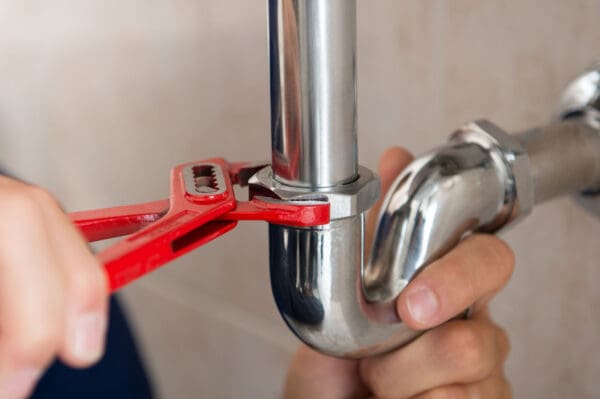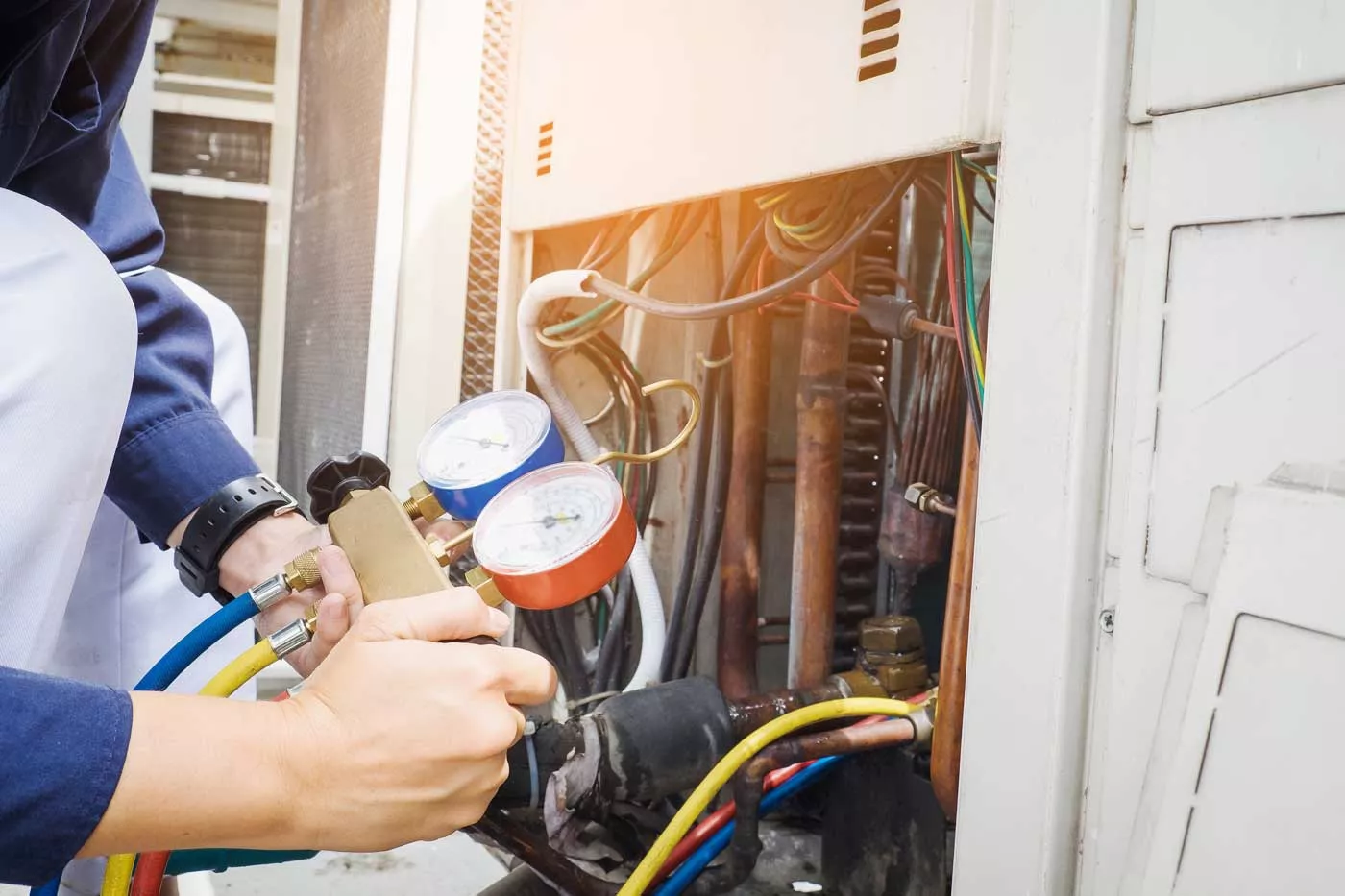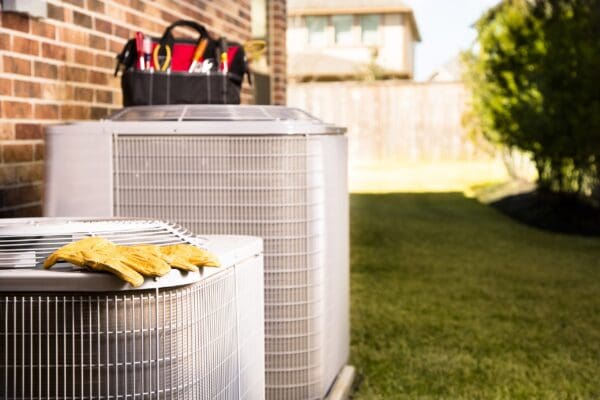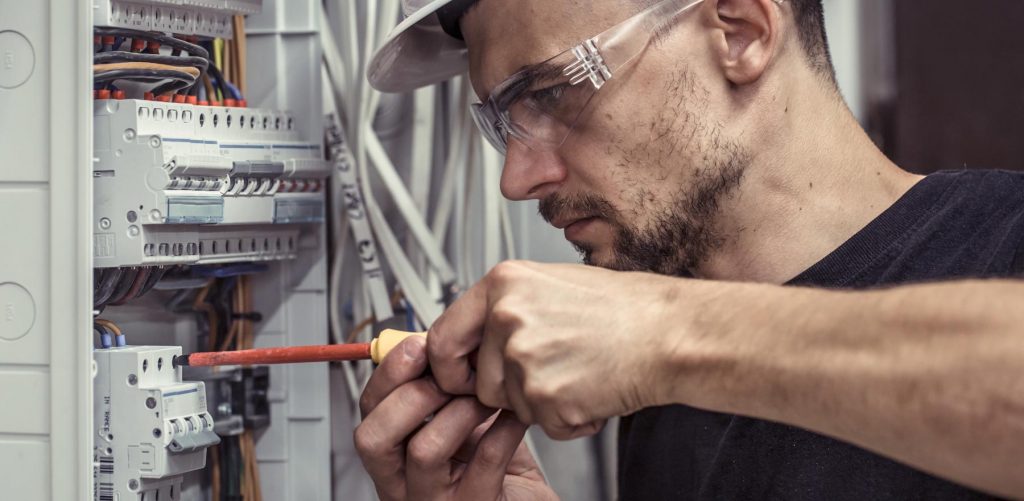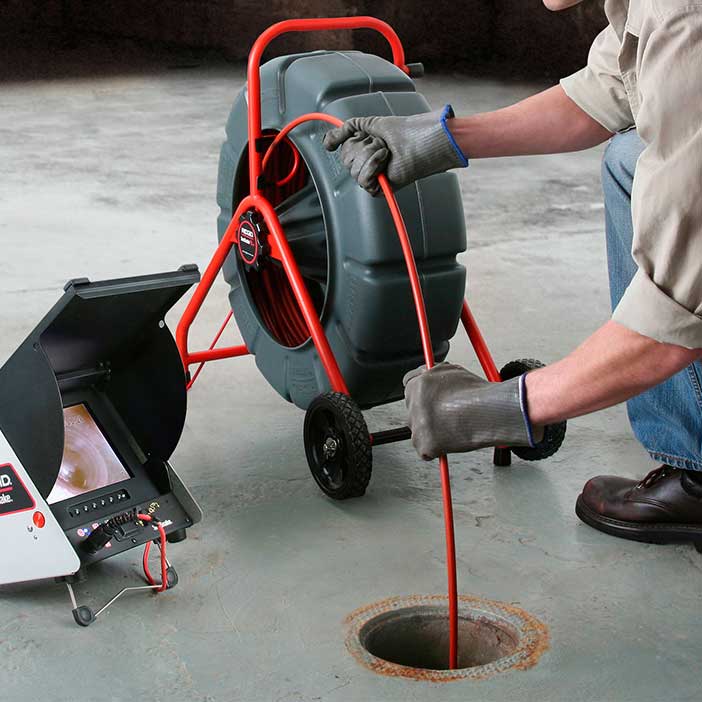Professional Diagnostic Techniques We Use
Our approach to toilet repair begins with a comprehensive inspection that goes beyond surface-level observations. We utilize specialized tools including inspection cameras to examine internal passages, pressure gauges to test water supply adequacy, and dye tablets to detect silent leaks that might otherwise go unnoticed for months. This thorough evaluation ensures we identify all existing and potential problems during a single visit, saving you time and preventing future emergency calls.
Water pressure testing reveals whether inadequate supply pressure contributes to poor flush performance, while our cameras can detect hairline cracks in porcelain that might lead to catastrophic failure if left unaddressed. We also check the condition of wax rings, floor flanges, and water supply lines during every repair visit. These often-overlooked components play crucial roles in preventing water damage to your bathroom floor and the ceiling below. As a family-owned company dedicated to full transparency, we’ll explain our findings clearly and provide you with free estimates for any necessary installation services before proceeding with repairs.
Components We Regularly Replace and Repair
- Fill valve assemblies control water flow into the tank and determine proper water levels
- Flush valve systems including flappers, chains, and overflow tubes that regulate water release
- Tank-to-bowl gaskets that prevent leaks between the two main toilet components
- Wax rings and closet bolts securing the toilet to the floor flange
- Handle mechanisms and trip levers that initiate the flush cycle
Modern toilets incorporate water-saving technologies that require precise calibration to function optimally. Dual-flush mechanisms, pressure-assist systems, and gravity-fed designs each have unique repair requirements that our technicians master through ongoing training and hands-on experience. We maintain extensive inventories of replacement parts for all major toilet manufacturers, enabling us to complete most repairs during the initial service call. Sometimes replacing an aging toilet proves more cost-effective than continuing repairs, especially when dealing with outdated models manufactured before 1994 that use 3.5 gallons or more per flush. Current EPA WaterSense certified toilets use only 1.28 gallons per flush while delivering superior performance through improved hydraulic engineering. These efficiency improvements can reduce your water bill by up to 4,000 gallons annually per toilet, providing significant long-term savings that offset replacement costs. Porcelain cracks, repeated component failures, and chronic clogging issues often signal that replacement time has arrived. We’ll help you evaluate whether repair or replacement better serves your needs, considering factors like fixture age, repair history, and bathroom renovation plans. Our financing options make toilet upgrades accessible regardless of your current budget situation, ensuring you receive the plumbing solutions you need without financial strain. Regular maintenance extends toilet lifespan and prevents emergency repairs. We recommend checking for silent leaks monthly by adding food coloring to the tank and watching for color appearance in the bowl without flushing. Cleaning rim jets with mineral deposit removers maintains optimal flush performance, while avoiding chemical tank tablets prevents premature deterioration of rubber components. Our technicians provide personalized maintenance recommendations based on your water quality and usage patterns during every service visit, helping you protect your investment and avoid unexpected breakdowns that disrupt your daily routine.
More
When Toilet Replacement Makes More Sense
Maintaining Your Toilet Between Professional Services

